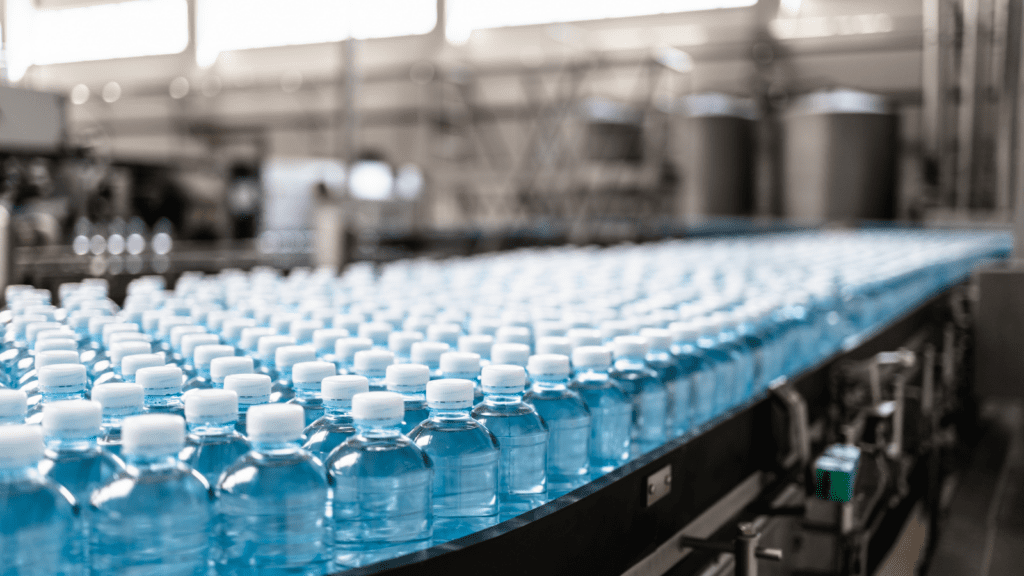It’s been 14 years since the Walkerton water crisis when people across the province learned they couldn’t take for granted the systems and people entrusted with the safety of their drinking water . As a result, the province implemented a source-to-tap approach to improve protection of drinking water. One of the most critical elements of this approach is source water protection, which protects the quality of water that is being used as a source for drinking water.
Today, Ontario’s Auditor General released a report that reviewed the province’s source water protection program. It concludes that progress has been slow and that more work needs to be done to address numerous gaps that still exist.
It’s important to remember that Ontario has made a lot of progress to protect drinking water since Walkerton. It has approved 11 source water protection plans and is on track to approve the remaining half by the end of 2015. Over $240 million has been invested in science to better understand the risks to drinking water, groundwater science, and land use changes required to protect water. Source Protection Committees have brought together local representatives from a wide range of stakeholder groups to take collaboration to a whole new level that extends beyond just water protection.
At this point, however, Ontario needs to redouble its efforts.
The Auditor’s report identifies opportunities to strengthen the source water protection program. It states that we should do more to protect communities that are not being covered by the current plans, including those that do not live within conservation authority areas (mostly in the north), and those relying on private wells. Source protection plans have also not addressed threats caused by abandoned wells or risks to the Great Lakes, such as spills from industrial and commercial facilities.
The report states that the Nutrient Management Act has also not gone far enough to protect drinking water. Regulation loopholes for certain farms, a lack of enforcement and inspection, and the failure to follow through on non-compliance increases the risk that source water could become contaminated.
Additionally, while the province has largely supported the development of source water protection plans, it has yet to announce how it will fund implementation that addresses local threats to drinking water.The concern is that such costs will fall to municipalities and conservation authorities, and result in fragmented implementation of the program.
Overall, Ontarians should be proud and confident in their drinking water. Much progress has been made. Along with other measures such as monitoring, drinking water treatment, public reporting, and operator training, source water protection is the key to clean, reliable, and safe drinking water. We should support the province, municipalities, and conservation authorities in their science-based efforts to see the process through. However, the pace of implementation needs to be quicker and we need to do more to address gaps in the program so that no one’s drinking water is left unprotected.









